Planning & Prep
How to Bag Groceries: The Ultimate Guide for Shoppers
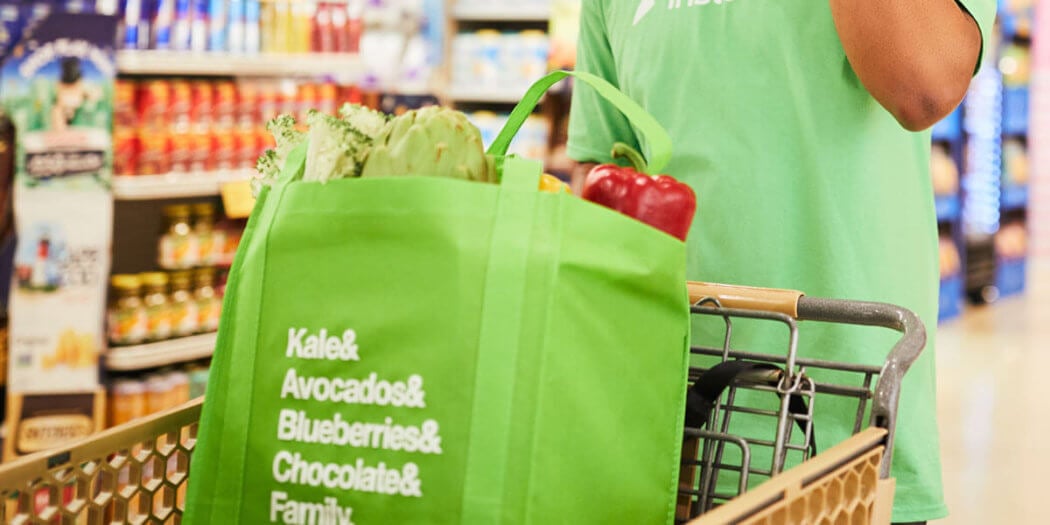
Learning how to bag groceries is an essential skill, whether you’re a professional shopper or you want to make your grocery experience as pleasant as possible. Once you know how to bag groceries properly, you’ll avoid damaging your items and make it as easy as possible to carry your bags.
While it may seem a bit complicated at first, once you learn the basic rules, you’ll quickly become a grocery bagging pro!
1. Choose your bags
The first step to bagging groceries the right way is to decide what type of bag you’ll use. While the thin plastic bags you get at the grocery store are convenient, each bag will usually hold fewer items than cloth or paper bags. You’ll also need to take extra care when bagging heavy items.
Many people choose reusable shopping bags instead. Not only are they larger and more durable, but reusing bags is also better for the environment. However, you’ll need to clean your bags regularly and remember to bring them with you when you shop.
In most stores, you’ll also have the option to choose paper bags instead of plastic. Since paper bags have a flat bottom, they can be a great choice when bagging heavy items. It’s also sometimes easier to stack items in paper bags since they have more of a structure.
Each type of bag comes with its own pros and cons. You may want to experiment with different options until you decide which you prefer.
2. Group your items
Once you know what type of bag you’ll use, you’re ready to start bagging your groceries. Start by sorting your items and grouping similar things together. This helps prevent cross-contamination, reduces the chances of damage, and will help keep warm foods warm and cold foods cold.
Some of the categories you may want to use when separating your groceries include:
- Pantry items
- Canned foods
- Produce
- Meat
- Fragile items
- Frozen/refrigerated items
If possible, try to pre-sort the items as they come down the grocery belt. This will help give you an idea of how many bags you’ll need for each group of items.
3. Follow important “rules”
When learning how to bag groceries, there are certain “rules” you’ll always want to follow. Here are a few of the most important:
- Keep raw animal products (like meat and eggs) separate from other times – this will prevent cross-contamination. It’s also a good idea to place these in a plastic bag as they may leak.
- Bag chemicals separately from food – this includes items like deodorant, shampoo, cleaning supplies, and batteries.
- Keep cold items together – this will help keep the items at the proper temperature.
Following these guidelines will help ensure all of your grocery items stay safe while you transport them from the grocery store to your home. By putting similar foods together, you’ll also make it easier to unpack your bags and put your items away.
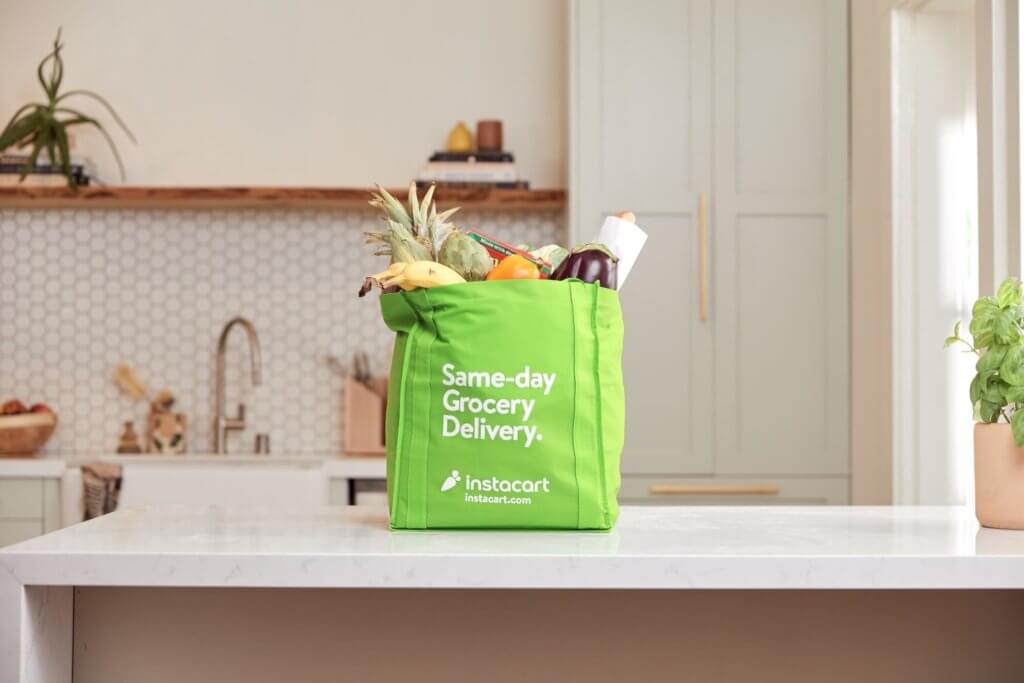
4. Use the “wall” method
When packing pantry items, the “wall method” is often helpful. This is particularly useful for dry goods like boxes of breakfast cereal, pasta, and snack foods. To do this, build “walls” inside your bag by placing boxes along the edge. Then you can fill in the middle with fragile items, like bags of potato chips. This protects the items while also maximizing your bag space.
5. Learn how to handle heavy items
When it comes to heavy items, like canned goods, jars, juice, and soda, less is more. While it may be tempting to pack all the heavy items together, this can cause your bag to rip or create bags that are uncomfortably heavy to carry.
Generally, you’ll want to stick to a maximum of 15 pounds per bag. Try to limit packing to no more than six cans per bag and no more than four glass jars per bag.
Once you’ve got the maximum number of heavy items in your bag, you can start packing lighter items on top. If you put shorter cans in the middle, you can create a “wall” this way as well. Medium-sized staples, like bags of rice or containers of oatmeal, will do well in the center of these bags.
6. Take care when handling delicate items
When bagging delicate items, like loaves of bread or fresh fruit, it’s important to pay attention to where you put them. In many cases, it’s fine to simply put them on the very top of the bag. However, you may want to put them in their own bag instead. For example, if you put all of the bakery items (pastries, buns, bread, etc.) together, you can take extra care with these particular bags during transit.
You’ll also want to make sure that glass items are in the middle of your bag. If possible, try to use the “wall” method when bagging glass items so they have some extra protection.
7. Know what to leave unbagged
Lastly, it’s helpful to look at which items may not need a bag at all. For example, a large bag of dog food or a package of toilet paper doesn’t really need a bag. Items like detergent, gallons of milk, and multi-packs of water or soda shouldn’t be bagged. It’s easiest to place these items back in the bottom of the cart.
One exception is chemical items like bleach. While the container size is large enough that it doesn’t need a bag, you may want to place it in a separate plastic bag in case it leaks.
Leave the shopping to the pros
Too busy to worry about how to bag groceries? The good news is, you don’t have to! When you use Instacart, a professional shopper will choose the best groceries, bag them up for you, and either have them ready for you to pick up or deliver them right to your home. It doesn’t get any easier than that! Try it out today.
Most Recent in Planning & Prep
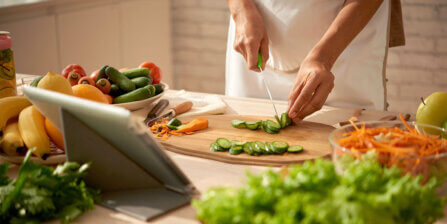
Planning & Prep
Recipe Converter Calculator: How To Scale Your Recipes
Found a great recipe but the portions are way too large? While leftovers are never a bad thing (cold pizza for breakfast, anyone?), we understand if you want to scale down your recipe. Our recipe…...
Apr 24, 2024
Planning & Prep
Dry to Cooked Pasta Calculator: How To Convert Pasta
There’s something so comforting about indulging in a large bowl of pasta — the al dente texture paired with your favorite sauce brings warmth with every bite. But do you feel like you’re making too…...
Apr 24, 2024
Planning & Prep
Guide to Grocery Delivery for Seniors
Hot and cold food products, ready-to-eat meals and personal care and health products should be available to everyone — including those who can’t make it to the store themselves. As you enter your golden years,…...
Apr 10, 2024

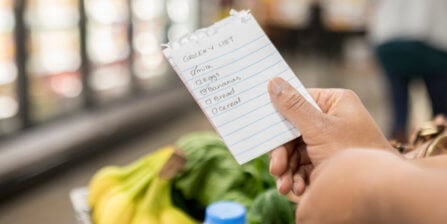 17 Grocery List Categories to Make Shopping Easy
17 Grocery List Categories to Make Shopping Easy 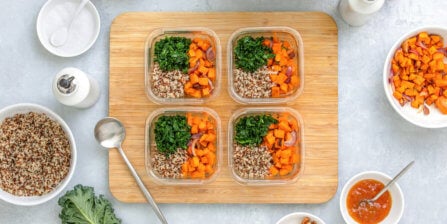 How to Meal Plan: Step-by-Step Guide to Meal Planning
How to Meal Plan: Step-by-Step Guide to Meal Planning  How To Read Food Labels: Guide to Nutrition Labels
How To Read Food Labels: Guide to Nutrition Labels 

